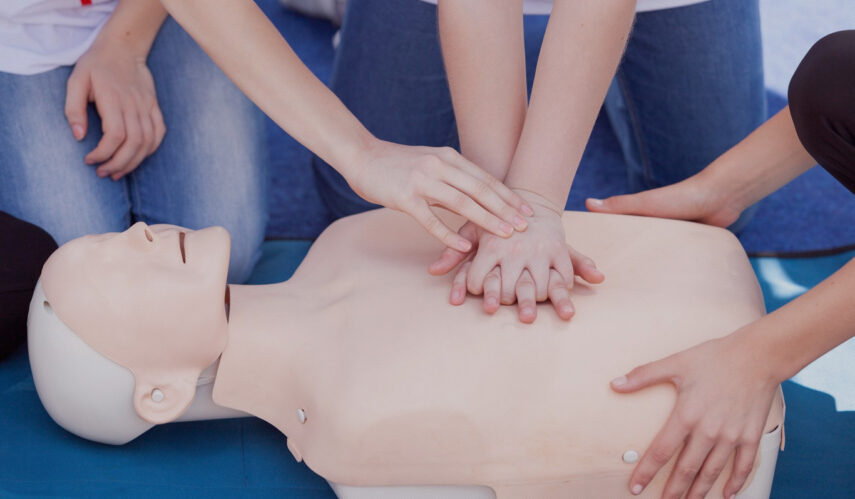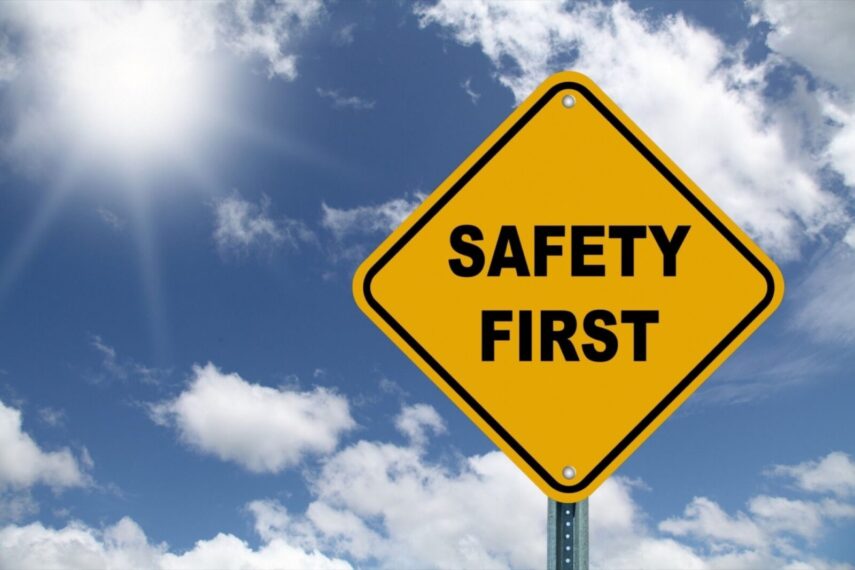Understanding the importance of first aid care is paramount in our increasingly complex and hazardous environment. First aid is the immediate assistance or treatment given to someone suffering from an injury or illness before professional medical help is available. It is a critical step that often makes the difference between life and death.
It is not just about swift action but also about safe practice. The transmission of diseases during first aid care is a reality, and awareness about it ensures that both the receiver and the provider of first aid remain safe. The crucial intervention, when applied without the proper knowledge of disease transmission, could lead to unintended consequences. Thus, a comprehensive insight into the practices and principles of first aid care is pivotal to making it both effective and safe.
Understanding Disease Transmission

Disease transmission is a complex process that involves the transfer of disease from one individual to another, or from an animal to a person. Diseases are caused by pathogens—microorganisms like bacteria, viruses, fungi, and parasites. Understanding the modes of transmission is vital to prevent their spread, especially during first aid.
There are several modes of disease transmission: direct contact transmission (skin-to-skin contact), indirect contact transmission (contact with contaminated surfaces), droplet transmission (coughing or sneezing), vector-borne transmission (transmission by insects or animals), and airborne transmission (inhalation of aerosols). Knowledge of these modes is the foundation of the preventive strategies in first aid care, enabling first responders to make informed decisions and reduce the risk of infection. If you want to be a trained responder please visit https://cprcertificationnow.com.
9 Things to Know About Disease Transmission in First Aid Care

1. Hand Hygiene
Hand hygiene is unequivocally the cornerstone of infection prevention in first aid care. It is imperative and involves the meticulous cleaning of hands using soap and water or hand sanitizers, particularly before and after providing first aid. Pathogens, abundant on unclean hands, can facilely be transferred to others, causing severe infections. Regular, consistent hand washing is vital and can significantly mitigate the risk of transmitting infectious diseases during first aid interventions, safeguarding both giver and recipient.
2. Personal Protective Equipment (PPE)
Utilizing Personal Protective Equipment (PPE), notably gloves and masks, is undeniably crucial to curtail exposure to blood and other potentially infectious materials. PPE serves as an indispensable barrier between the first aider and the casualty, shielding both parties efficaciously from the risk of infection. It is pivotal to be meticulously trained on the proper use, removal, and disposal of PPE to ascertain its optimal effectiveness in forestalling disease transmission, enhancing the safety and integrity of first aid procedures.
3. Proper Wound Management
The adept management of wounds is a frequent and critical component of first aid care. Proper, thorough cleaning, disinfection, and dressing of wounds are vital to preempt the introduction of pathogens and the onset of subsequent infections. A profound understanding of the fundamental principles of wound care, including the deployment of sterile dressings and the timely referral to adept healthcare professionals for severe, intricate wounds, is imperative to prevent complications and ensure holistic care.
4. Bloodborne Pathogens
Bloodborne pathogens, such as HIV and hepatitis B and C, pose significant, daunting risks during first aid care. The nuanced understanding of the associated risks and the assiduous implementation of standard precautions, incorporating the use of robust PPE and the safe, secure handling, and disposal of sharps, are quintessential to prevent inadvertent exposure to these pernicious pathogens, ensuring the well-being of all involved parties.
5. Respiratory Diseases
Respiratory diseases, notably influenza and COVID-19, predominantly propagate through respiratory droplets. Diligently employing respiratory hygiene/cough etiquette and wearing masks assiduously can substantially obviate the risk of transmission of respiratory pathogens during the pivotal moments of first aid care, ensuring a safer environment for both the caregiver and the patient, whilst maintaining the sanctity of health and life.
6. Gastrointestinal Infections

Gastrointestinal infections predominantly propagate through the fecal-oral route, presenting distinct challenges. It is paramount to ensure rigorous hand hygiene, especially post handling patients manifesting gastrointestinal symptoms, and assiduously avoiding oral contact with hands and surfaces can effectively preclude such infections, thereby preserving the health and wellness of both the individual providing aid and the recipient.
7. Insect and Animal Bites
Administering first aid for insect and animal bites frequently involves grappling with the associated risk of diseases like malaria and rabies. Comprehensive awareness about post-exposure prophylaxis and immediate, appropriate care is crucial to mitigate the risk of disease transmission through bites, safeguarding against potential infections and ensuing complications, and promoting the overall well-being of the affected individuals.
8. Vaccinations
Vaccination stands as a formidable, influential tool in the relentless fight against infectious diseases. It is essential for first aid providers to conscientiously keep their vaccinations up-to-date to ameliorate the risk of acquiring and transmitting vaccine-preventable diseases during the execution of first aid care, fortifying the health defenses and boosting communal immunity.
9. Safe Disposal of Contaminated Materials
The meticulous and proper disposal of contaminated materials like dressings and needles is essential and non-negotiable to preclude the spread of infections. Steadfast adherence to established disposal guidelines is crucial to avert inadvertent exposures and to shield the environment, promoting public health and sustaining ecological balance in our interconnected ecosystems.
Conclusion

Promoting safe first aid practices is not just the responsibility of healthcare professionals but of every individual. The potential for disease transmission in first aid care is real, but through informed and vigilant practice, the risks can be mitigated.
Awareness and understanding of disease transmission and implementing preventive measures like hand hygiene, PPE, proper wound management, and vaccinations can protect both the first aider and the recipient. Ensuring safety along with immediate intervention can truly embody the essence of first aid—preserving life, preventing further harm, and promoting recovery.
In a world that is constantly grappling with emerging infectious diseases, it is more crucial than ever to stay informed and be prepared. A combined approach of awareness, education, and action is the way forward to make first aid care safer and more effective for everyone involved.
Related Posts:
- 4 Things to Know Before Gambling in Atlantic City…
- 7 Things to Know Before Using a Cavitation Machine…
- Best Things to Do in Saint-Tropez for First-Time Visitors
- 6 Essential Things to Bring on Your First Hunting…
- New Ideas How to Take Care of Concrete Driveway: 7…
- 10 Tips for First-Time Homeowners: What to Know…







